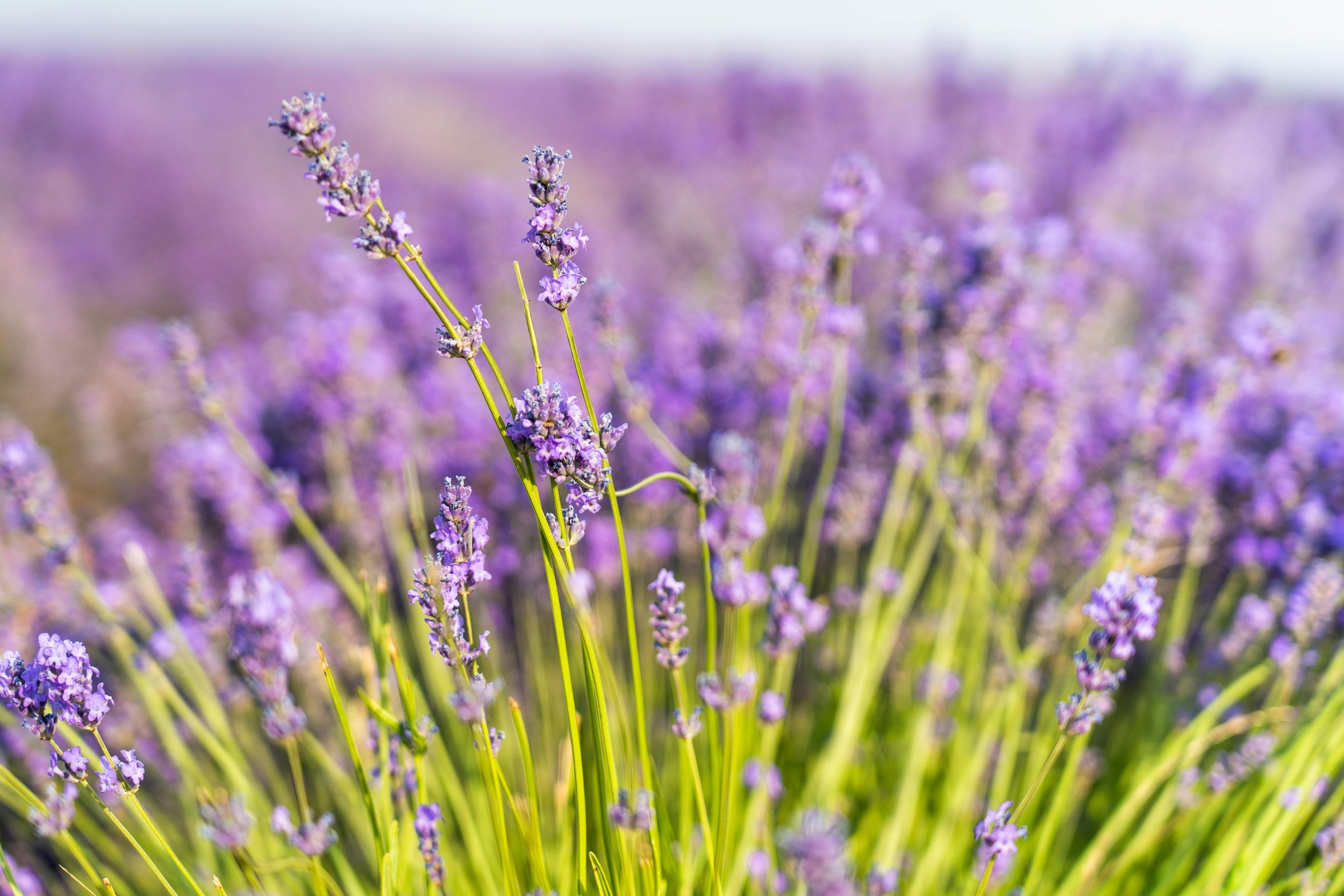
Choosing the Right Plants for Your Parterre Garden
Discover the best plants for your Parterre garden, including evergreen hedges, vibrant flowering infills, and drought-tolerant options. Learn how to select the right plants to ensure your garden stays beautiful and well-structured throughout the year, tailored to your climate and design preferences.

The Anatomy of a Parterre Garden
Discover the key design elements and structural components of a Parterre garden. Learn how symmetry, geometric patterns, and carefully selected plants create this timeless landscape style. Perfect for garden enthusiasts and landscape designers alike!
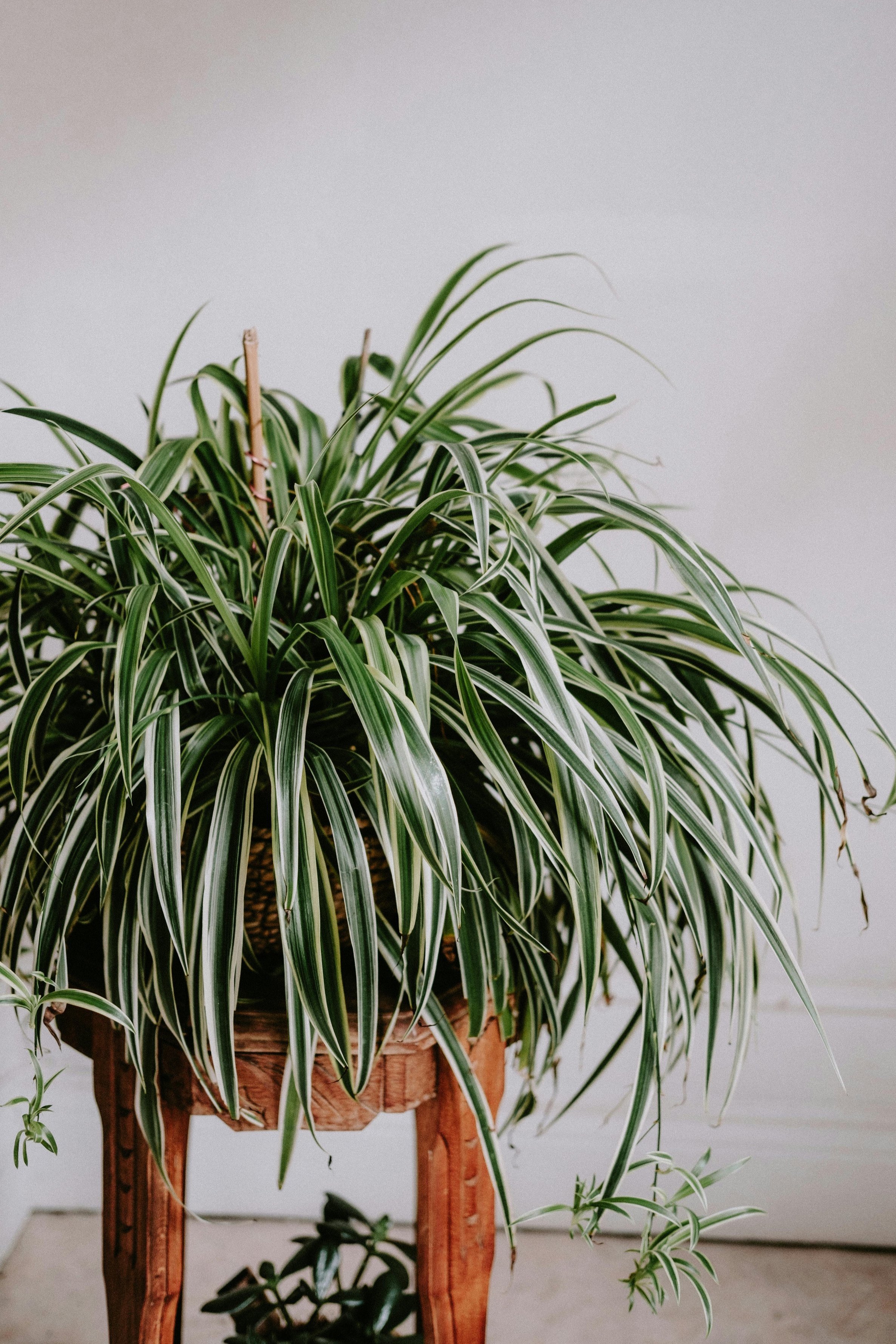
Cultivating Curiosity: The Role of Non-Toxic Plants in Montessori Classrooms
The choice of non-toxic plants, such as the Spider Plant (Chlorophytum comosum), Boston Fern (Nephrolepis exaltata), and Chinese Money Plant (Pilea peperomioides), ensures a safe learning environment. These plants are ideal for a classroom as they pose no risk if interacted with by curious children.

Combating Acute Pollution Damage in Trees: Focused Mitigation Strategies
Trees enhance urban and rural landscapes and offer significant ecological benefits. Amidst the increasing environmental challenges, safeguarding tree health has become imperative. This guide narrows down on mitigation strategies to manage acute pollution damage in trees, highlighting targeted actions for preservation and recovery.

Understanding the Impact of Nutrient Mobility on Treatment Options
Understanding how the mobility of a nutrient within a plant affects treatment options for abiotic disorders requires a grasp of basic plant physiology and nutrient dynamics. Plants absorb nutrients from the soil through their roots.

Decision Making in Arboriculture: Utilizing Soil and Foliar Analysis for Optimal Plant Health
Addressing abiotic disorders in plants involves understanding the complex interplay between environmental stressors and plant health. Abiotic disorders are caused by non-living ecological factors that can adversely affect plant growth, development, and productivity. These stressors include extremes in water availability, temperature fluctuations, soil compaction, salinity, chemical toxicity, and mechanical injuries.

Beyond the Storm: Understanding the Secondary Consequences of Weather-Induced Plant Stress
Weather-related plant injuries can often be precursors to secondary disorders that may further impact plant health and stability. These injuries arise from various climatic factors, including extreme temperatures (both hot and cold), wind, hail, frost, and excessive moisture or drought. Understanding the mechanisms of these injuries and their implications on plant health is crucial for effective management and mitigation strategies.
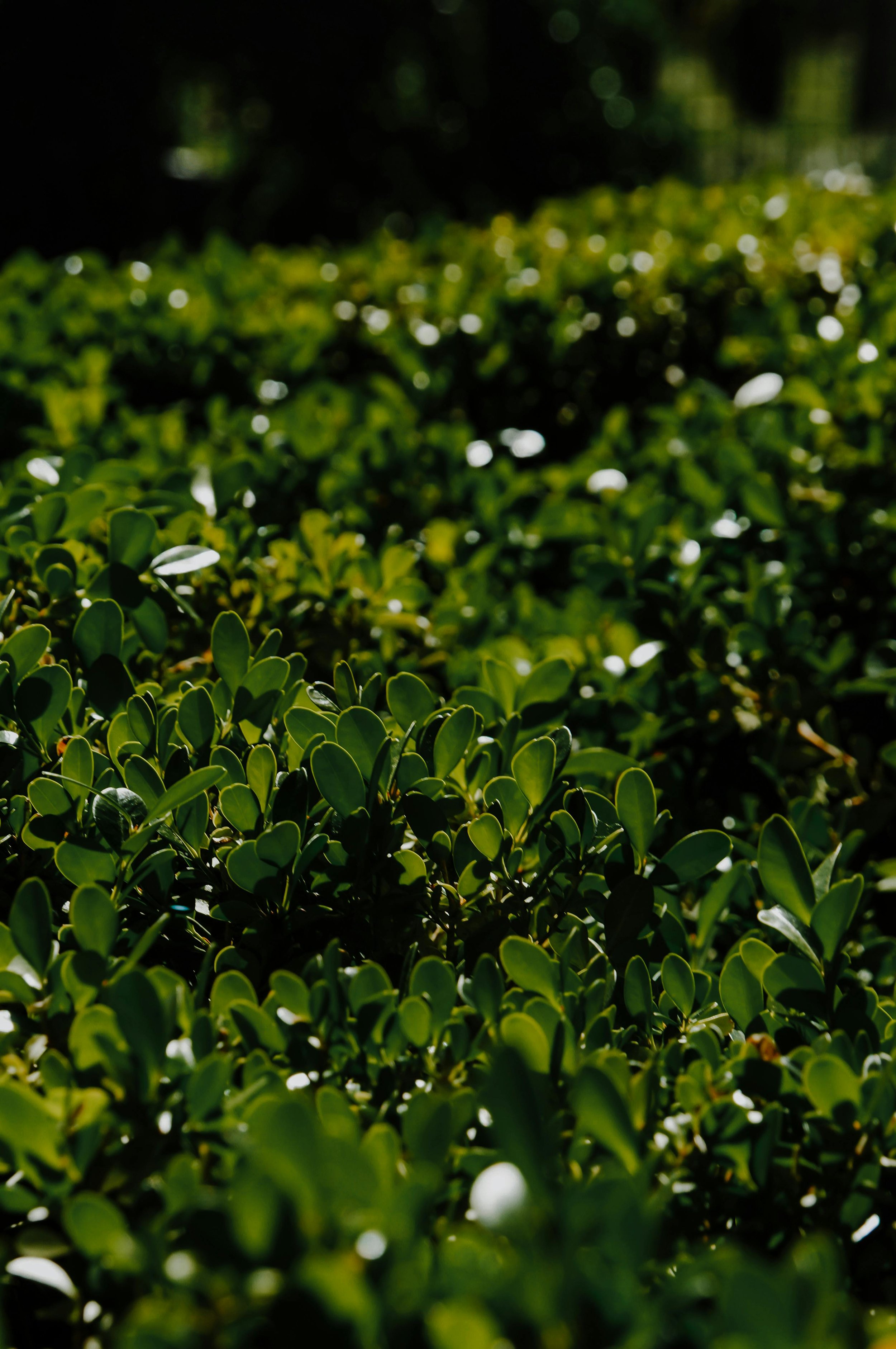
Pruning Guide for Formal Boxwood Hedges
Pruning formal boxwood hedges requires precision and careful planning to achieve straight sides and a flat top, enhancing their architectural beauty in the landscape. This guide incorporates expert techniques for meticulously maintaining formal boxwood hedges.
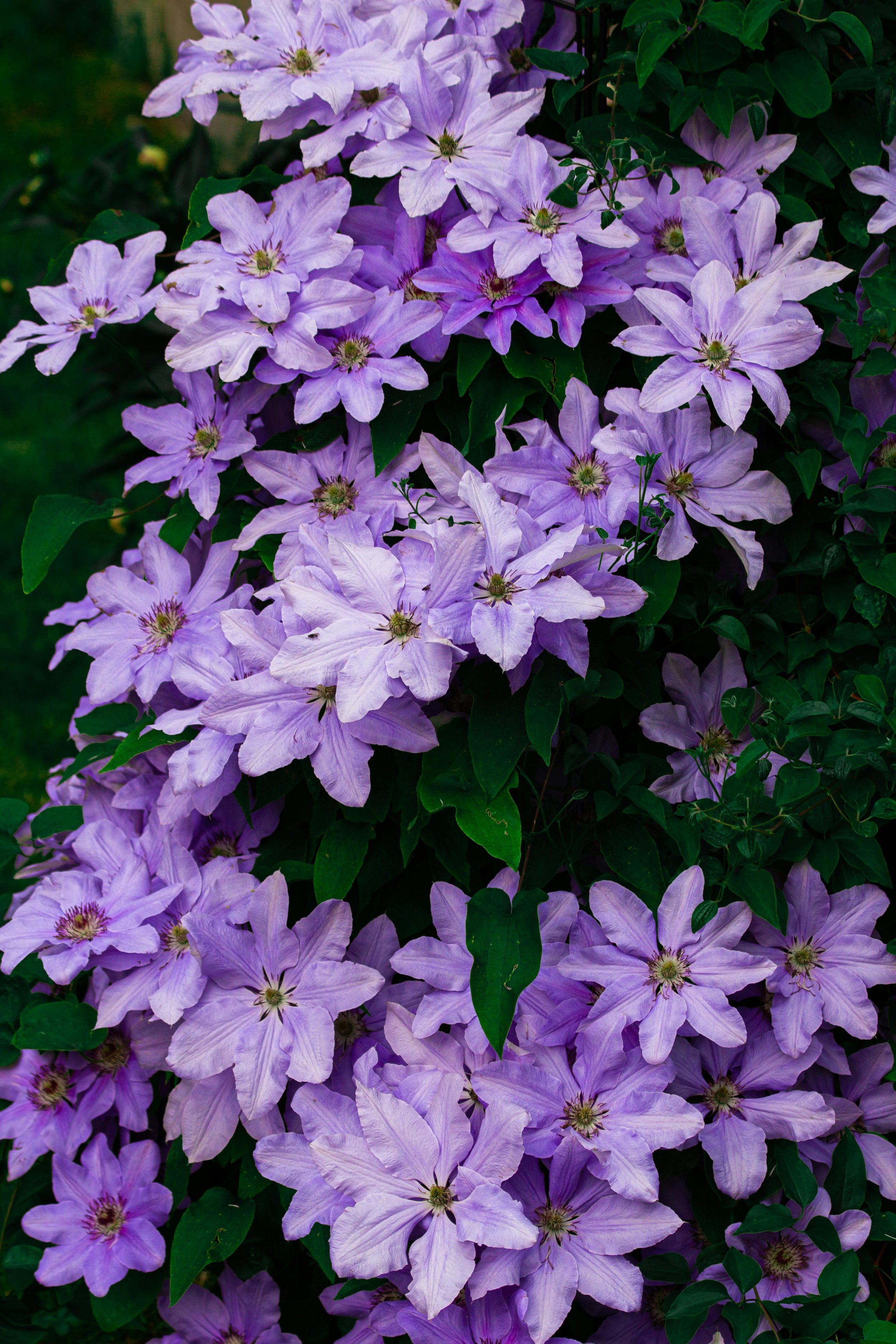
Pruning Guide for Clematis
Pruning clematis (Clematis spp.) involves specific techniques to ensure this popular climbing plant's health, vigor, and flowering. Known for their stunning flowers, clematis vines can be categorized into three main pruning groups based on their flowering time and growth pattern. Understanding these groups is crucial for pruning success.
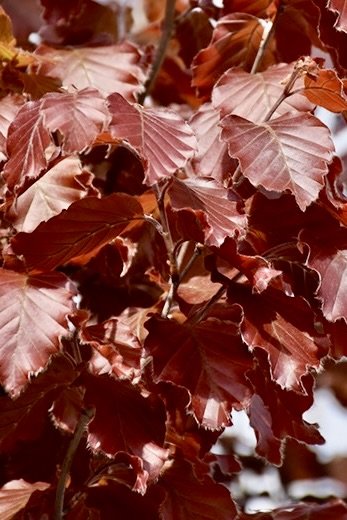
Fagus sylvatica 'Red Obelisk': A Majestic Addition to Your Garden
The European beech, Fagus sylvatica, is a tree celebrated for its majestic beauty and timeless elegance. The 'Red Obelisk' is a particularly stunning variety among its many cultivars. With its striking foliage, narrow, columnar form, and adaptability to various garden settings, Fagus sylvatica 'Red Obelisk' is a choice that garden enthusiasts and landscape designers often make to add a touch of drama and vertical interest to their spaces.

Weather Woes: How Weather-Related Injuries Lead to Secondary Plant Disorders
Understanding the cascading effects of weather-related injuries on plants is pivotal. These primary injuries, induced by environmental factors like extreme temperatures, wind, hail, and variations in precipitation, not only affect a plant's immediate health and vitality but also set the stage for an array of secondary disorders.
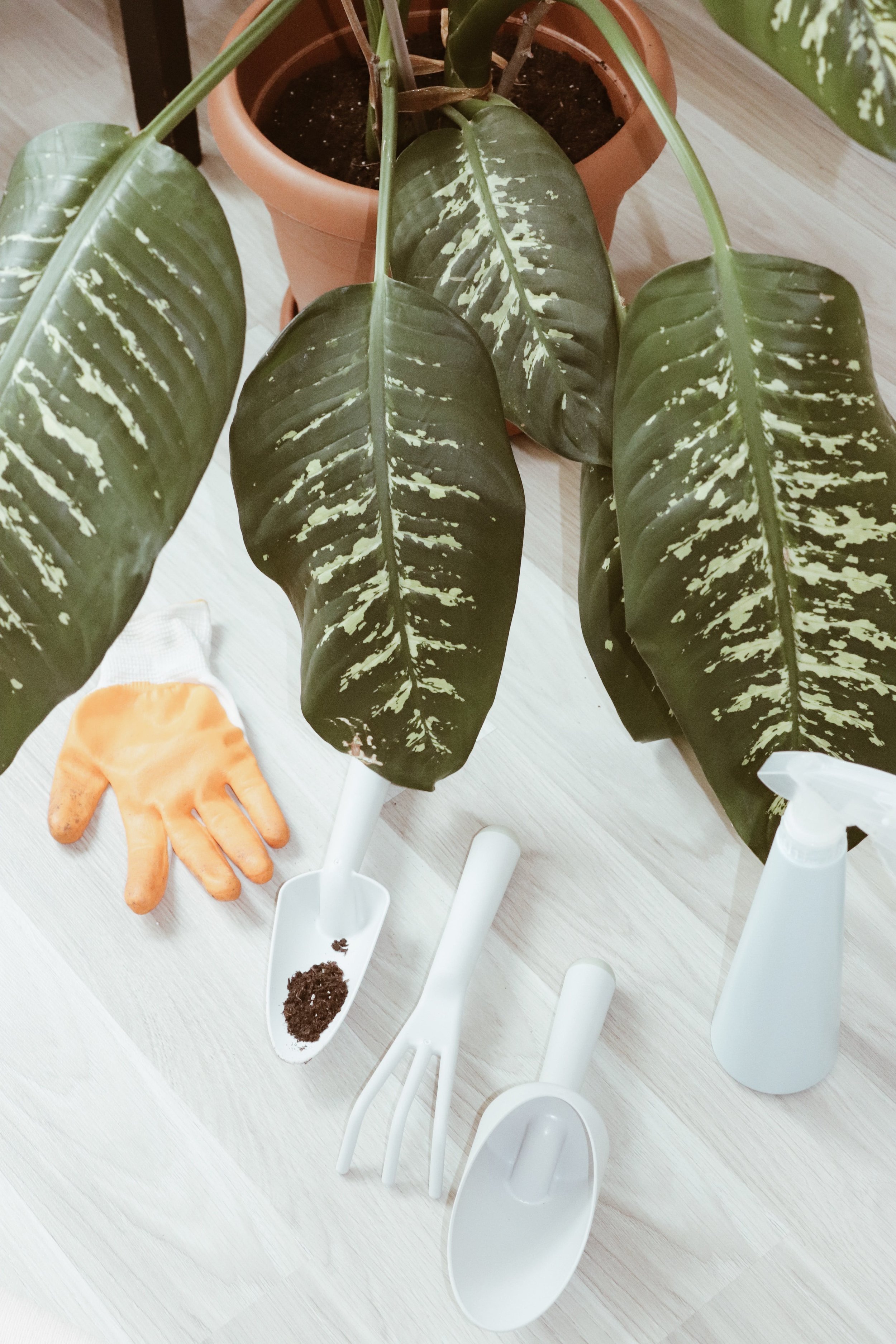
Understanding Dieffenbachia: Basic Care and Maintenance
Dieffenbachia, a member of the Araceae family, is native to the warm, humid tropical rainforests of Central and South America. Its common name, 'Dumb Cane,' originates from the plant's toxic sap, which can cause temporary speechlessness if ingested. This plant is Known for its lush, patterned foliage. Dieffenbachia varieties vary in size and color, often displaying striking combinations of green, white, and yellow.

City Sprite® Zelkova (Zelkova serrata 'JFS-KW1')
City Sprite® Zelkova is an excellent selection; its harmonious blend of visual appeal, structural resilience, and environmental adaptability makes it highly recommended for inclusion in urban greening initiatives.
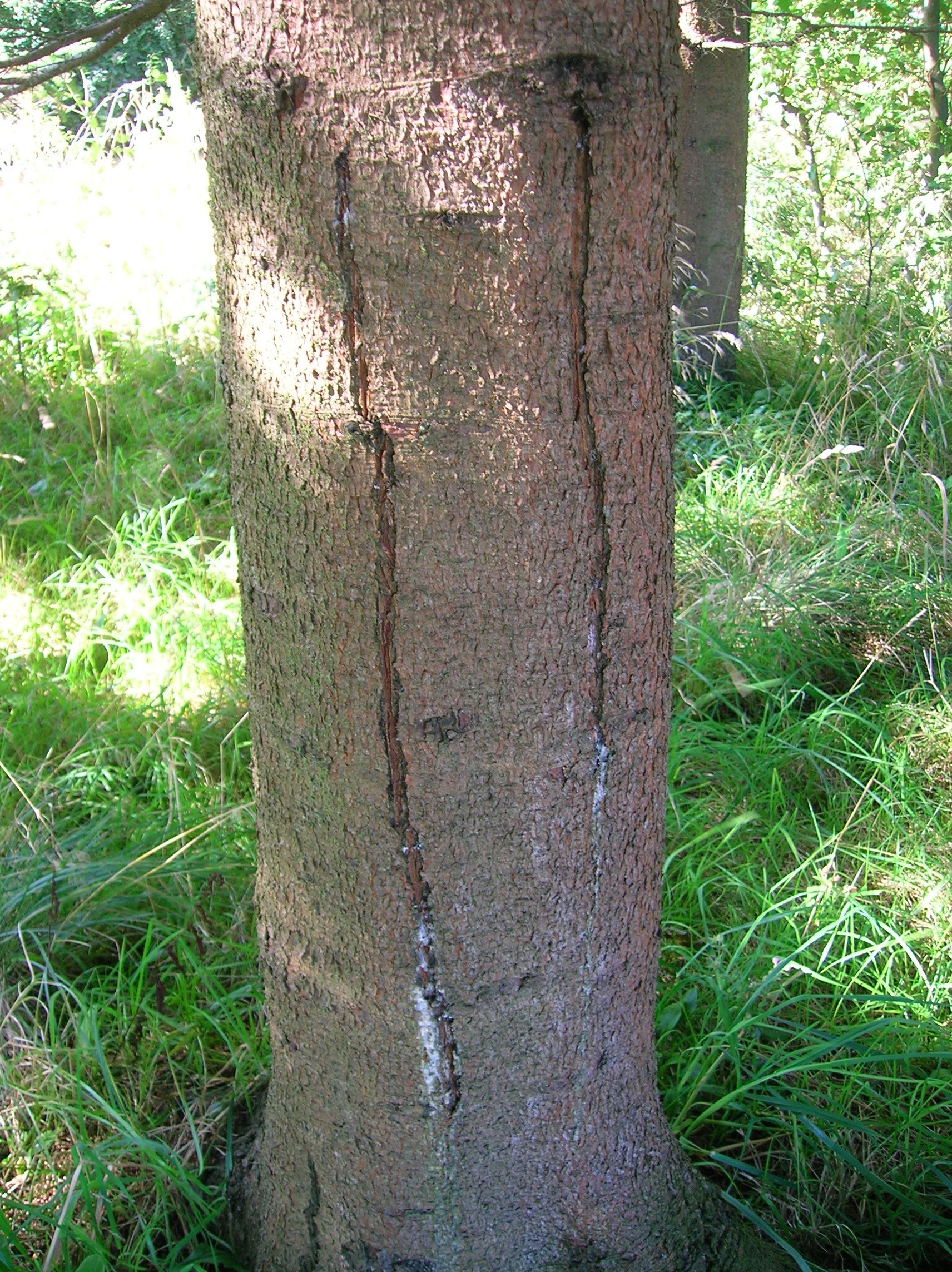
Understanding Frost Cracks in Trees
Frost cracks, radial shakes, or winter splits are common abiotic disorders affecting trees. These vertical fissures in the trunks of trees can be a significant concern for arborists, landscapers, and tree enthusiasts.
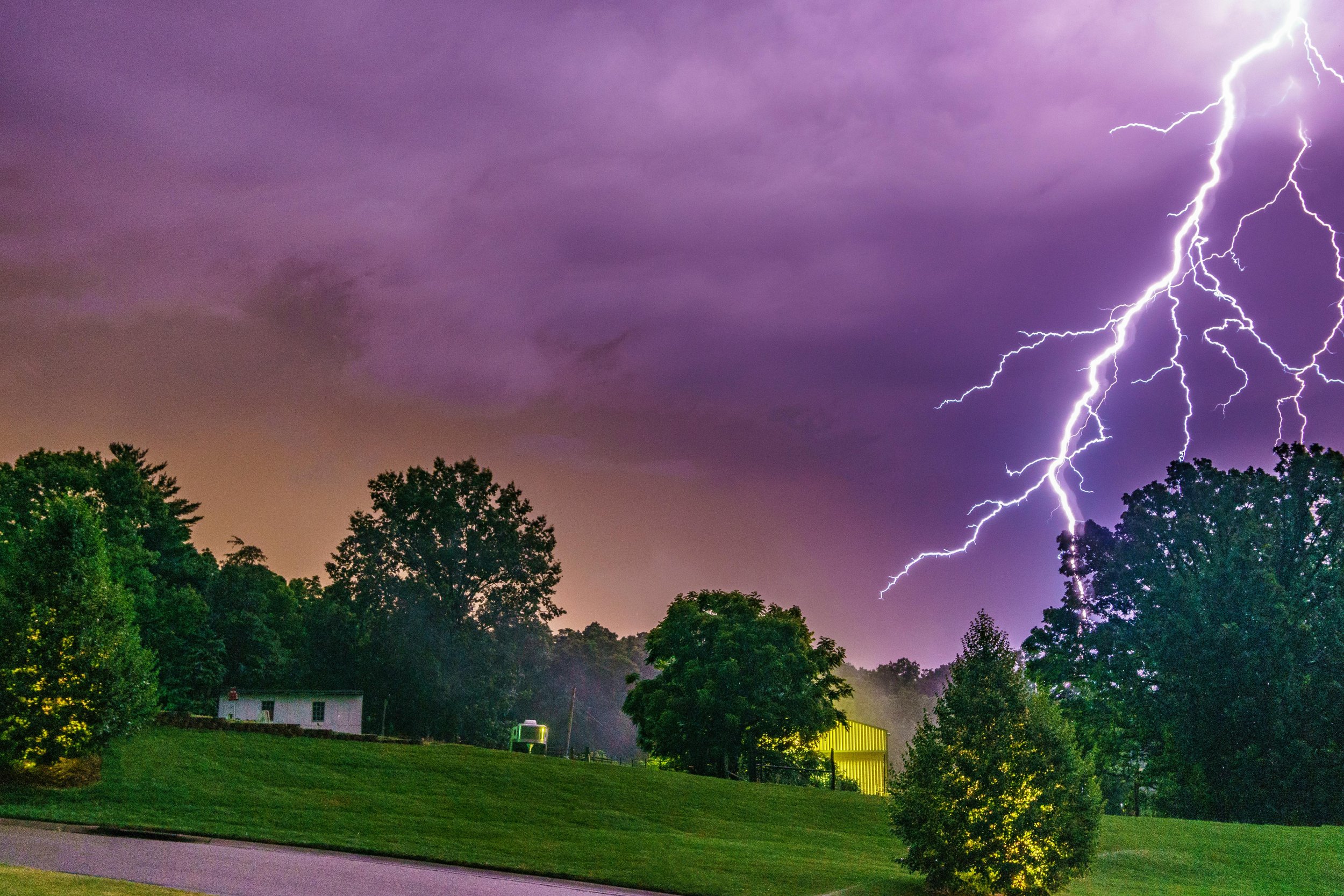
The Potential Impacts of Lightning on Unprotected Trees
Lightning, a powerful natural phenomenon, can have devastating effects on trees. When a tree is struck by lightning, the outcomes can range from minimal damage to destruction, depending on various factors such as the tree's species, moisture content, and overall health.

Physiological Response of Trees to Temperature Extremes
Like other living organisms, trees are greatly influenced by the conditions of their surroundings, particularly temperature. Extreme temperatures, whether hot or cold, can significantly impact trees' health, growth, and overall functioning, ultimately affecting their survival.

Nature's Forces at Play: How Wind and Light Affect Plants
In arboriculture and plant science, understanding the distinct effects of environmental factors like wind and light on plant growth is crucial. This post will focus on differentiating the symptoms and responses of plants to wind (anemotropism) and light (phototropism).
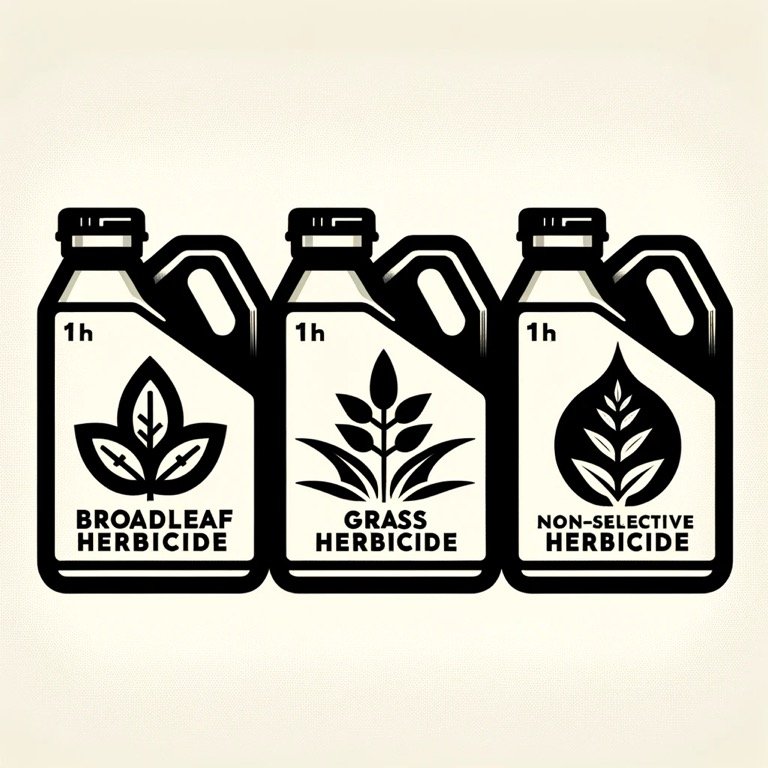
Herbicide Types and Plant Responses: A Closer Look
Chemical and pollution injuries to plants can significantly impact plant health and are crucial to abiotic disorders. These injuries are often the result of herbicides and pollutants, which can vary in their specificity and mode of action. Understanding the different types of herbicides and their effects on plant groups is essential for accurate diagnosis and management.

Navigating the Effects of Pollution on Tree Health
Trees, vital to our ecosystems, face numerous challenges, with pollution a significant threat. This blog post delves into the various forms of pollution impacting tree health, highlighting unique symptoms and mitigation strategies supported by academic research.

Growing Your Own: A Guide to Propagating Fig Trees
Propagating fig trees is a rewarding endeavor for any gardener. Whether you're an experienced horticulturist or a beginner, growing your own fig tree from a cutting is exciting and accessible. In this detailed guide, we'll walk you through the various methods of propagating figs, providing tips and tricks to ensure your success.
